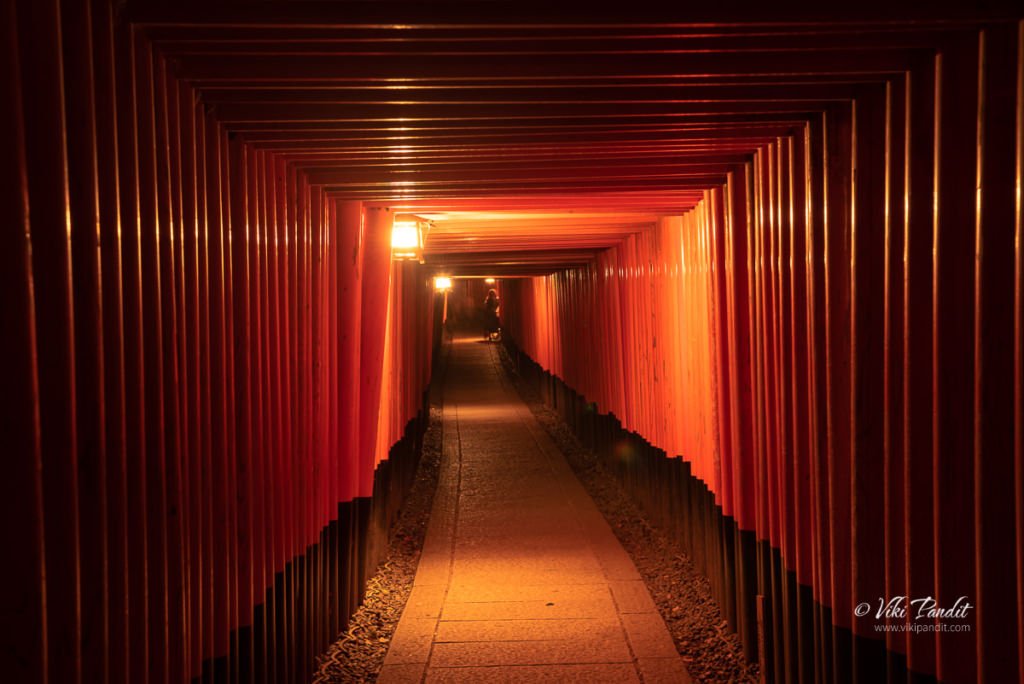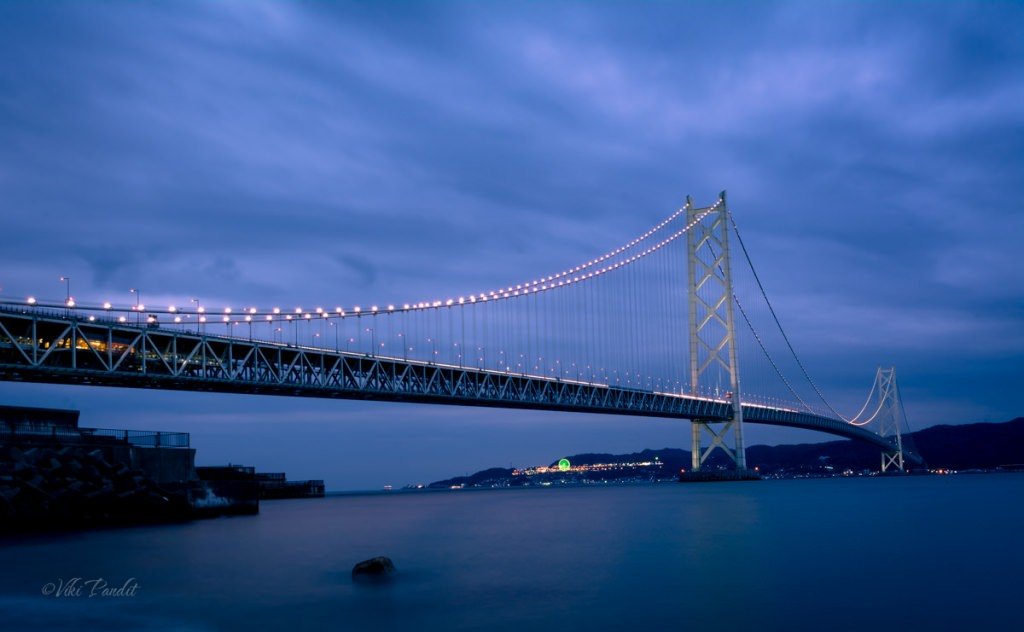

The enchanting Torii Gates of Fushimi Inari Taisha
Today we go for a night photo-walk to Fushimi Inari-taisha, the head shrine of the kami Inari, located just a train stop away from the bustling city of Kyoto.


Today we go for a night photo-walk to Fushimi Inari-taisha, the head shrine of the kami Inari, located just a train stop away from the bustling city of Kyoto.


The Nebuta summer festival is a spectacular event held in Aomori Prefecture of Japan, where massive paper lantern floats based on kabuki or mythical stories, flanked by large taiko drums, musicians and dancers parade through the city. For those like me who missed the festival, the floats are kept back at the Museum to enjoy throughout the year.


Today I visit the lovely Kenroku-en garden in Kanazawa. In the dark winter evenings the garden is illuminated and the glowing trees, enveloped in the strings of Yuki-tsuri look ever so enchanting.


We go for late night stroll along a path shining with a sea of blue lights. Nararurie referred to as Corridor of Happiness, is held in early spring in Nara. The Park is covered in a beautiful world of azure blue, ushering in happiness into everyone’s lives.


The Akashi Kaikyō Bridge is world’s longest suspension bridge, which links the city of Kobe on the Japanese mainland of Honshu to Iwaya on Awaji Island.
Loading more posts...